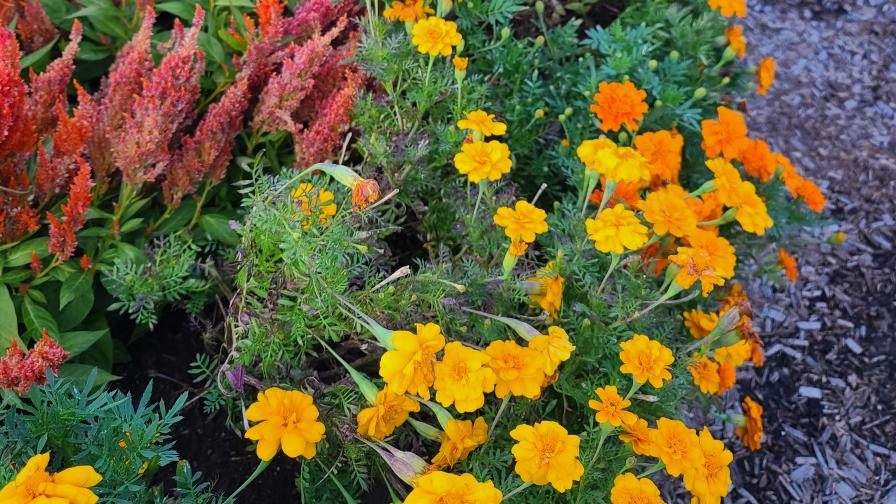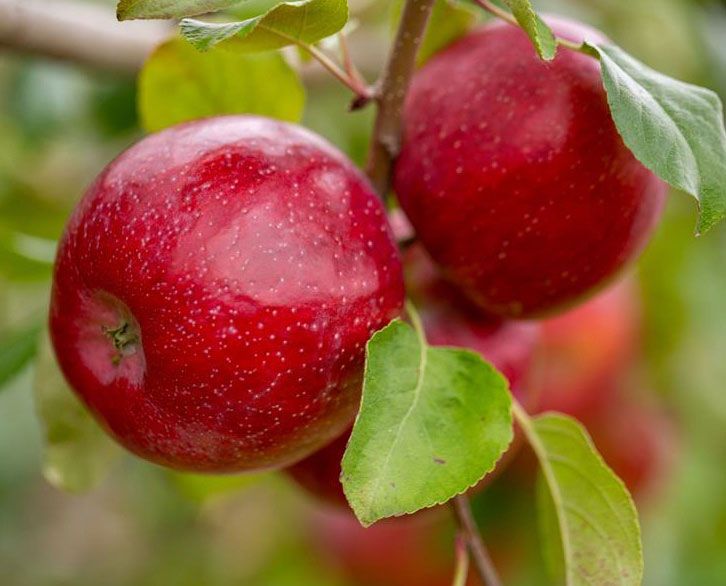Alternative Crops: Flowers Arise in Pennsylvania

Vegetable growers in Pennsylvania are branching out into cut flower production. (Photo: Karly Regan)
Having joined Penn State Extension as a Commercial Horticulture Educator in September of 2021, Karly Regan admits she still has much to learn.
One thing she has discovered already is a growing interest in cut flower production among vegetable growers in the Franklin County area of South Central Pennsylvania.
“Many of the producers in my area are existing veggie growers who are adding on a flower patch to be able to put bouquets out at their roadside veggie stands,” Regan says. “Or a family member is adding a flower arm onto the existing veggie business.”
The flowers are not replacing an existing crop, Regan believes. Instead, they appear to be providing an expansion opportunity for families in which all members want to stay in the business.
The market for flowers seems diverse, Regan says.
“For folks adding it on to a veggie business, some folks are keeping it simple and adding mason jars full of flowers to their roadside stands, produce markets, farmers market offerings, or CSA shares,” she says. “Other producers who have a larger share of their businesses devoted to flowers are selling them wholesale to grocery stores or providing flowers for weddings or other large events.”
Regan has experience with integrated pest and disease management in both conventional and organic production systems. She completed her PhD in Entomology at Penn State University in 2019, studying the impact of soil health practices on beneficial arthropods and pest management. Prior to joining Penn State Extension, she worked at Cornell University, researching onion thrips and nutrient management in commercial onion production.
One important flower production tip, she says, is to plan ahead because many early-season flowers need to be planted as bulbs or corms the fall before. Some species are difficult to start from seed and do best as plugs, which may need to be ordered well in advance of the season, she adds.
“Although it can be tempting to try to fit more flowers into a small area, I’d encourage prioritizing good airflow between plants, as that can make a big difference with disease management,” Regan says.
Lastly, growers should consider flower production with the awareness that chemical management of pests, diseases, and weeds can be challenging due to how few products include cut flowers on their label.
“There are some options, but they will feel much more limited than what you might be used to seeing for a vegetable or fruit crop,” Regan says.












